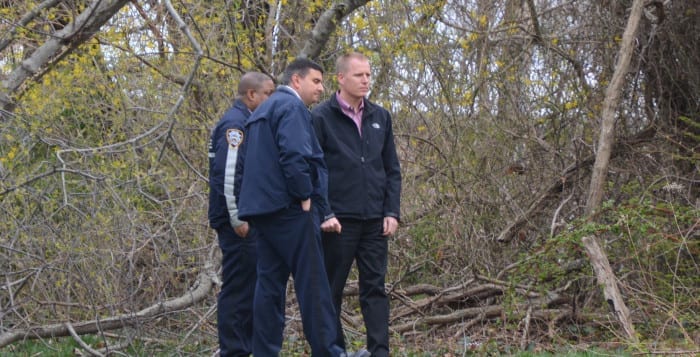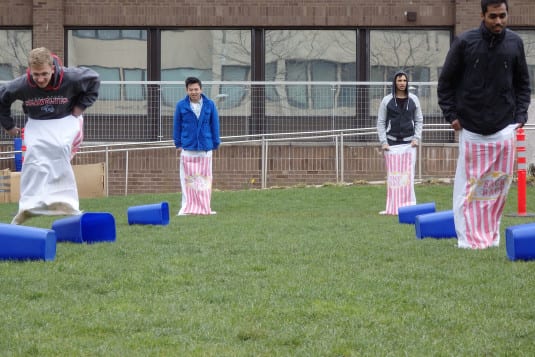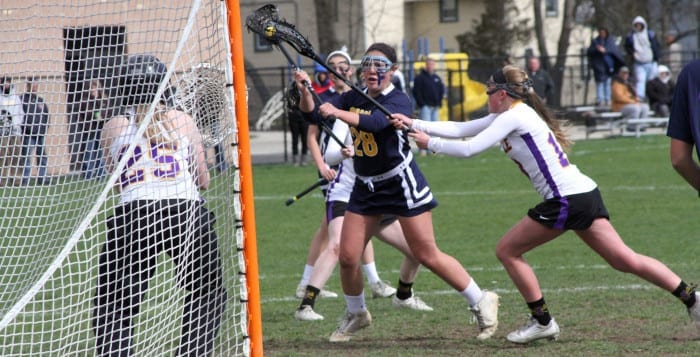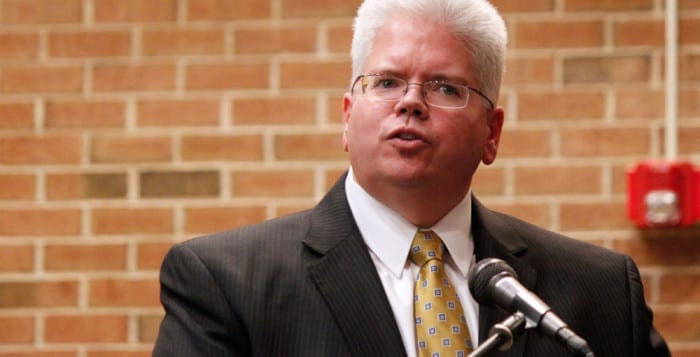A state judge is ordering Stony Brook University to give its two lab chimpanzees a chance at freedom.
State Supreme Court Justice Barbara Jaffe called on the university to appear in court on May 27 and justify why it should not have to release its laboratory apes Hercules and Leo to a Florida sanctuary. The decision came 16 months after the Florida-based Nonhuman Rights Project filed a lawsuit in Suffolk County seeking to declare chimps as legal persons.
The judge ordered the school to show cause on behalf of the animals, to which SBU President Dr. Samuel L. Stanley Jr. and the university must respond with legally sufficient reasons for detaining them. The order did not necessarily declare the chimpanzees were legal persons, but did open the door for that possibility if the university does not convince the court otherwise.
“The university does not comment on the specifics of litigation, and awaits the court’s full consideration on this matter,” said Lauren Sheprow, spokeswoman for Stony Brook University.
The Nonhuman Rights Project welcomed the move in a press release issued last Monday.
“These cases are novel and this is the first time that an order to show cause has [been] issued,” the group said in a statement. “We are grateful for an opportunity to litigate the issue of the freedom of the chimpanzees, Hercules and Leo, at the ordered May hearing.”
The project had asked the court that Hercules and Leo be freed and released into the care of Save the Chimps, a Florida sanctuary in Ft. Pierce. There, they would spend the rest of their lives primarily on one of 13 artificial islands on a large lake along with 250 other chimpanzees in an environment as close to that of their natural home in Africa as can be found in North America, the group said.
The court first ordered the school to show cause and writ of habeas corpus — a command to produce the captive person and justify their detention — but struck out the latter on April 21, one day after releasing the initial order, making it a more administrative move simply prompting the university to defend why it detains the animals.
In an earlier press release from 2013, the Nonhuman Rights Project said the chimpanzee plaintiffs are “self-aware” and “autonomous” and therefore should have the same rights as humans. The two plaintiffs, Hercules and Leo, are currently being used in a locomotion research experiment in the Department of Anatomical Sciences at Stony Brook University.
Sheprow confirmed in 2013 that researchers in the Department of Anatomical Sciences were studying the chimpanzees at the Stony Brook Division of Laboratory Animal Resources, which is accredited by the Association for Assessment and Accreditation of Laboratory Animal Care International and overseen by the U.S. Department of Agriculture.
The project’s initial lawsuit also defended another set of chimpanzees from upstate New York, Tommy and Kiko. State Supreme Court Justice W. Gerard Asher of Riverhead initially declined to sign the project’s petition for a writ of habeas corpus in 2013, which the group unsuccessfully appealed soon after.

























